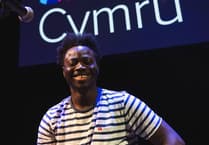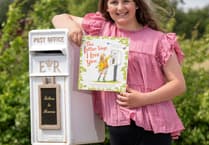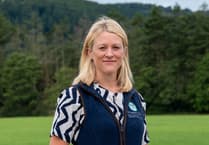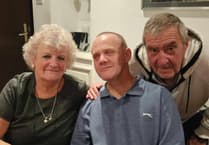Aberystwyth University’s postgraduate artists are unveiling their 2025 exhibition.
The School of Art at Aberystwyth University is proud to present the exhibition, showcasing works by students completing their Master’s programme in Fine Art, from 26 August–12 September.
The exhibition brings together seven emerging artists exploring themes of identity, memory, environment, and cultural heritage.
The exhibition highlights the diversity of contemporary art practices, featuring illustration, painting, printmaking and photography. Featured artists include Harriett Chapman, Peter Gelf, Karel Jasper, Karoline Kleve, Urien Morgan, Sky Porter, and Skorie Art. Visitors will also have the chance to hear directly from the artists during a special Artist Walk and Talk on the final day of the exhibition, 12 September from 2pm–4pm.
Highlights include Peter Gelf’s explorations of human character and interaction through painting; Karel Jasper’s meditative photographic study of presence along a familiar path; Skorie Art’s layered prints inspired by Shetland’s fishing heritage; Karoline Kleve’s unapologetically hyper-feminine yet confrontational works; Harriett Chapman’s autobiographical paintings drawn from dreams and memory; Urien Morgan’s playful studies of childlike perspective; Sky Porter's exploration of queer identity through mixed media and painting.
Together, the artists bring a dynamic mix of approaches, united by a commitment to translating lived experience, cultural memory, and social commentary into visual form.
See the exhibition at the School of art from 26 August–12 September.
The exhibition is open Monday–Friday, 10am–5pm.
There is Artist Walk and Talk is on 12 September, 2pm–4pm.
The School of Art is in The Edward Davies building, a Grade II listed building of special architectural interest but it was for many years a state-of-the-art laboratory, one of the earliest purpose-built chemical laboratories in the country and the first in Wales.
The postgraduate programme supports emerging artists in developing professional practices through critical engagement and creative exploration.





Comments
This article has no comments yet. Be the first to leave a comment.